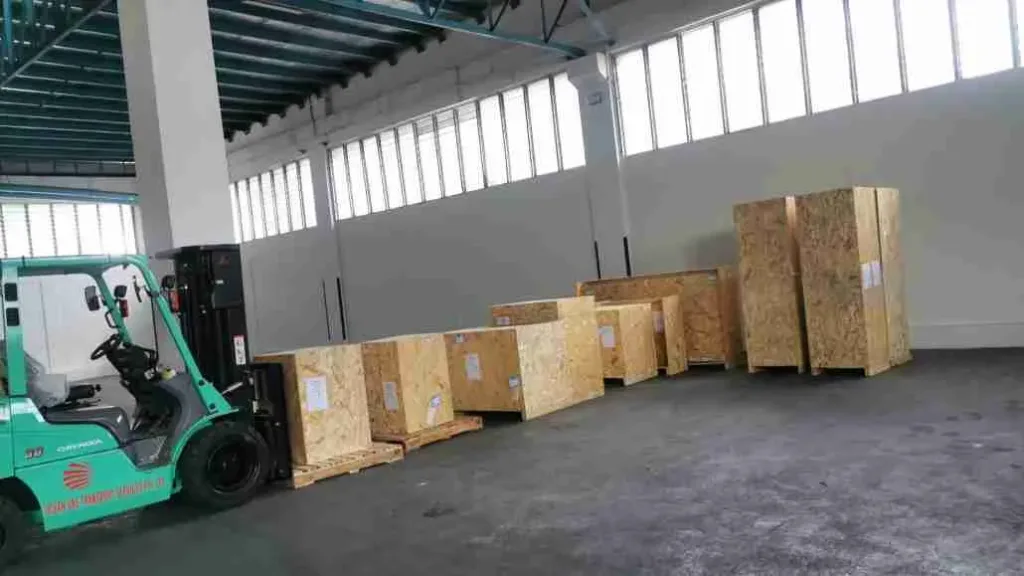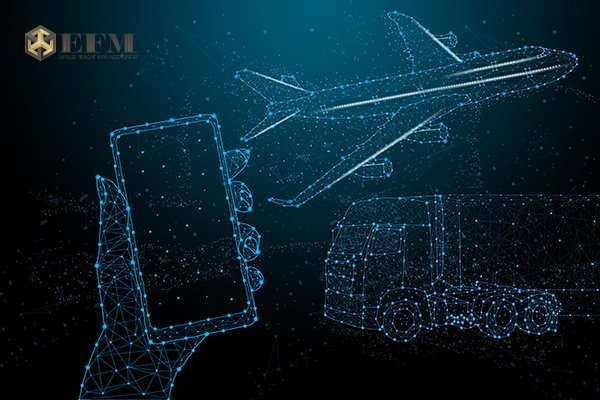The Role of Technology in Streamlining FDA Customs Clearance

In today’s fast-paced global market, ensuring the smooth flow of goods across borders is crucial. One of the key areas where this is evident is in the process of FDA customs clearance. By incorporating advanced technology, businesses can significantly expedite the clearance process, reduce costs, and maintain compliance with regulations.
Understanding FDA Customs Clearance
Before we delve into the role of technology, let’s first understand what FDA customs clearance involves. When products, especially food, drugs, and cosmetics, enter the United States, they must comply with the regulations set by the Food and Drug Administration (FDA). This process ensures that imported goods meet safety and quality standards to protect consumers.
Clearing customs involves several steps, including documentation, inspection, and potential sampling. This can be a time-consuming and complex process, especially for businesses that are not familiar with the regulations.

The Importance of Technology in Customs Clearance
Technology plays a pivotal role in streamlining the FDA customs clearance process. Here are some ways it helps:
1. Automated Documentation
One of the significant challenges in customs clearance is managing the vast amount of documentation required. With technology, businesses can automate the preparation and submission of necessary documents. Software solutions can generate electronic versions of forms and ensure they are accurately filled out, reducing the risk of human error.
2. Real-Time Tracking and Monitoring
Technology enables real-time tracking of shipments, providing businesses with up-to-date information on the status of their goods. This transparency allows for better planning and coordination, reducing the likelihood of delays.
3. Predictive Analytics
By analyzing historical data, predictive analytics can forecast potential issues in the customs clearance process. This allows businesses to proactively address problems before they escalate, ensuring a smoother process.
4. Improved Communication
Digital platforms facilitate better communication between businesses, customs brokers, and regulatory bodies. This ensures all parties are on the same page and can quickly resolve any issues that arise.
Specific Technologies Used in FDA Customs Clearance
Several technologies are specifically used to enhance the FDA customs clearance process:
Blockchain Technology
Blockchain offers a secure and transparent way to record transactions. In customs clearance, it can be used to create an immutable record of documentation and transactions, ensuring data integrity and reducing the risk of fraud.
Artificial Intelligence (AI)
AI can automate routine tasks, such as document verification and risk assessment. By learning from historical data, AI systems can also predict and mitigate potential compliance issues.
Internet of Things (IoT)
IoT devices, such as sensors and RFID tags, can monitor the condition and location of shipments in real-time. This ensures that goods remain within specified conditions, reducing the risk of spoilage or damage.
Cloud Computing
Cloud-based solutions offer scalability and flexibility, allowing businesses to store and access data from anywhere. This is particularly useful in customs clearance, where large volumes of data need to be processed and shared among stakeholders.
Benefits of Technology in FDA Customs Clearance
Faster Processing Times
By automating and optimizing various aspects of the customs clearance process, technology significantly reduces the time required to clear goods through customs. This leads to faster delivery times and improved customer satisfaction.
Cost Savings
Automating tasks and reducing delays can lead to significant cost savings. Businesses can allocate resources more efficiently and avoid costly fines associated with non-compliance.
Enhanced Compliance
Technology ensures that all documentation is accurate and complete, reducing the risk of non-compliance with FDA regulations. This minimizes the likelihood of penalties and ensures the smooth flow of goods.
Increased Transparency
With real-time tracking and monitoring, businesses have greater visibility into the customs clearance process. This transparency fosters trust between stakeholders and allows for better decision-making.
Challenges in Implementing Technology
While technology offers numerous benefits, there are also challenges to consider:
Integration with Existing Systems
Implementing new technology requires integration with existing systems, which can be complex and time-consuming. Businesses need to ensure that their systems are compatible and can communicate effectively.
Data Security
With the increased reliance on digital platforms, data security becomes a critical concern. Businesses must implement robust security measures to protect sensitive information from cyber threats.
Training and Adaptation
Employees must be trained to use new technologies effectively. This requires time and resources, and businesses must be prepared for a learning curve as employees adapt to new systems.
Future Trends in FDA Customs Clearance Technology
As technology continues to evolve, we can expect further advancements in the customs clearance process:
Enhanced AI Capabilities
AI will continue to improve, offering even more sophisticated predictive analytics and automation capabilities. This will further streamline the customs clearance process and improve compliance.
Greater Use of Blockchain
As blockchain technology matures, its adoption in customs clearance will increase. This will provide even greater transparency and security in the documentation process.
Expansion of IoT Solutions
The use of IoT devices will become more widespread, offering even more detailed monitoring of shipments and ensuring goods remain in optimal conditions.
Conclusion
The role of technology in streamlining FDA customs clearance cannot be overstated. By automating processes, improving communication, and enhancing compliance, technology significantly reduces the time and cost associated with clearing goods through customs. While there are challenges to implementation, the benefits far outweigh the drawbacks, making technology an essential component of modern customs clearance.
As businesses continue to embrace digital transformation, the customs clearance process will become even more efficient, paving the way for smoother international trade and greater global connectivity.
Optimize Your Shipping with Express Freight Management!
Streamline your shipping logistics and enhance your business operations today with Express Freight Management. Our cutting-edge solutions are designed to optimize every aspect of your supply chain, ensuring efficiency, transparency, and cost-effectiveness. Don’t let outdated processes slow you down. Partner with us and experience the future of logistics. Contact Express Freight Management now to learn how we can help your business thrive in a competitive market.

